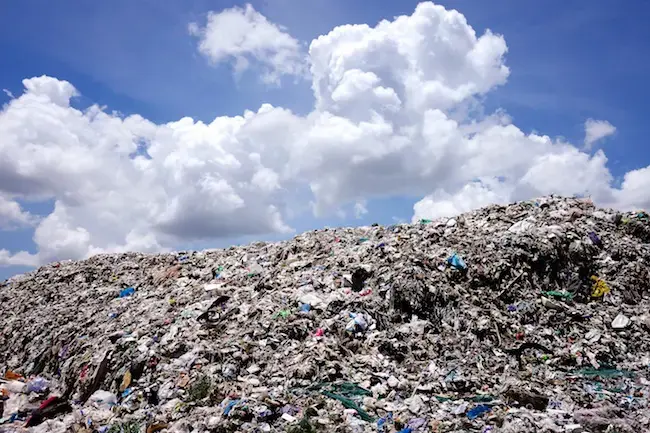Reliable level measurement is crucial when decontaminating polluted sites such as landfills or industrial areas – even under extreme conditions with aggressive media.
Whether old landfills, coal heaps, or former industrial sites: contaminated soils often remain, posing risks to humans, the environment, and groundwater. For remediation, contaminated zones are targetedly flushed – where robust piezometers play a central role.
Decontamination Processes – How It Works
Typically, contaminated groundwater is pumped to the surface, cleaned, and reintroduced as rinsing water. Hydraulic barriers prevent spread outside the target area. Piezometers monitor this process – precisely, durably, and resistant.

Even after the remediation is complete, piezometers remain in use to monitor water levels and flow direction over extended periods.
Materials and Cables – Critical Success Factors
Depending on the type of pollutants and environment, special requirements apply:
- Enclosure: Stainless steel is standard; for saltwater, titanium, and for galvanic loads, PVDF (e.g., ATM/NC series by STS)
- Cables: Special caution with diffusion – suitable are PE, PUR, or FEP cables. The latter withstands up to 110°C.

Safe Installation and Long-Term Operation
Proper installation protects piezometers from failure:
- Cable routing: Protective hoses against debris, abrasion, and kinks
- Strain relief: Recommended for deep installations or unstable environments
- Mounting: G ½ threads or clamp rings for turbulent media
Explosion Protection: Essential for Hazardous Materials
Many contaminants contain substances with explosion potential. ATEX-certified piezometers ensure safe operation even in critical zones.
Conclusion
Reliable level measurement is essential for contaminated site remediation. With appropriate materials, explosion-proof design, and correct installation, STS piezometers are the first choice for long-term, stable, and safe groundwater monitoring in harsh environments.
